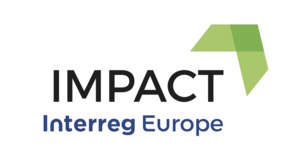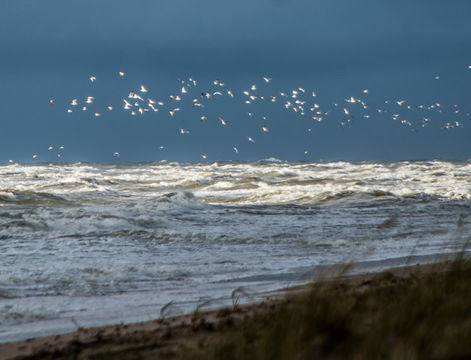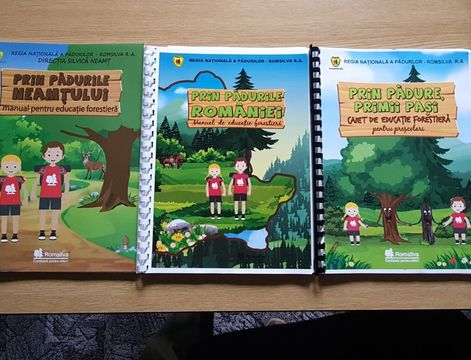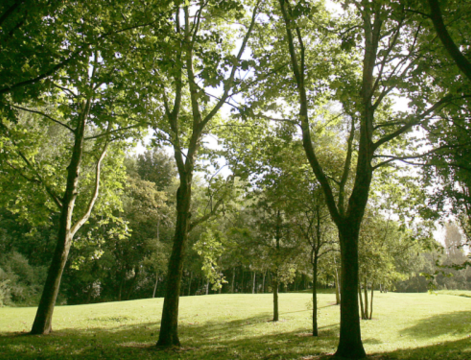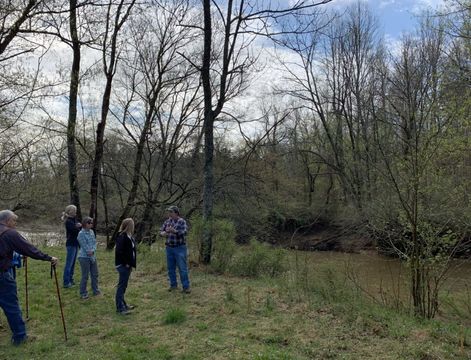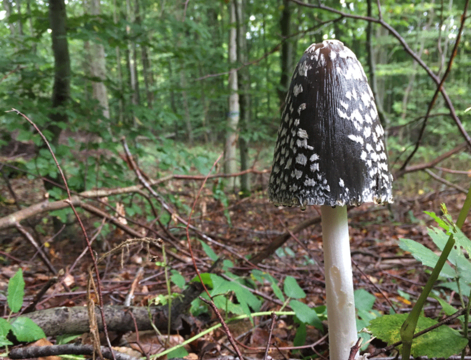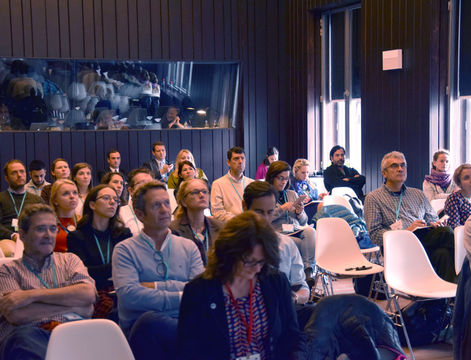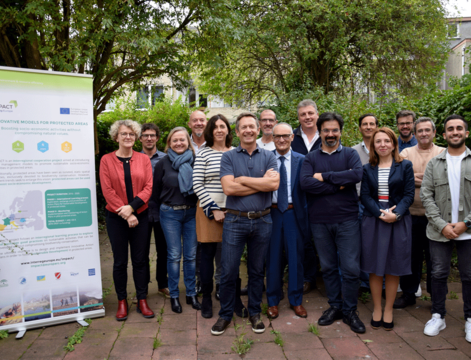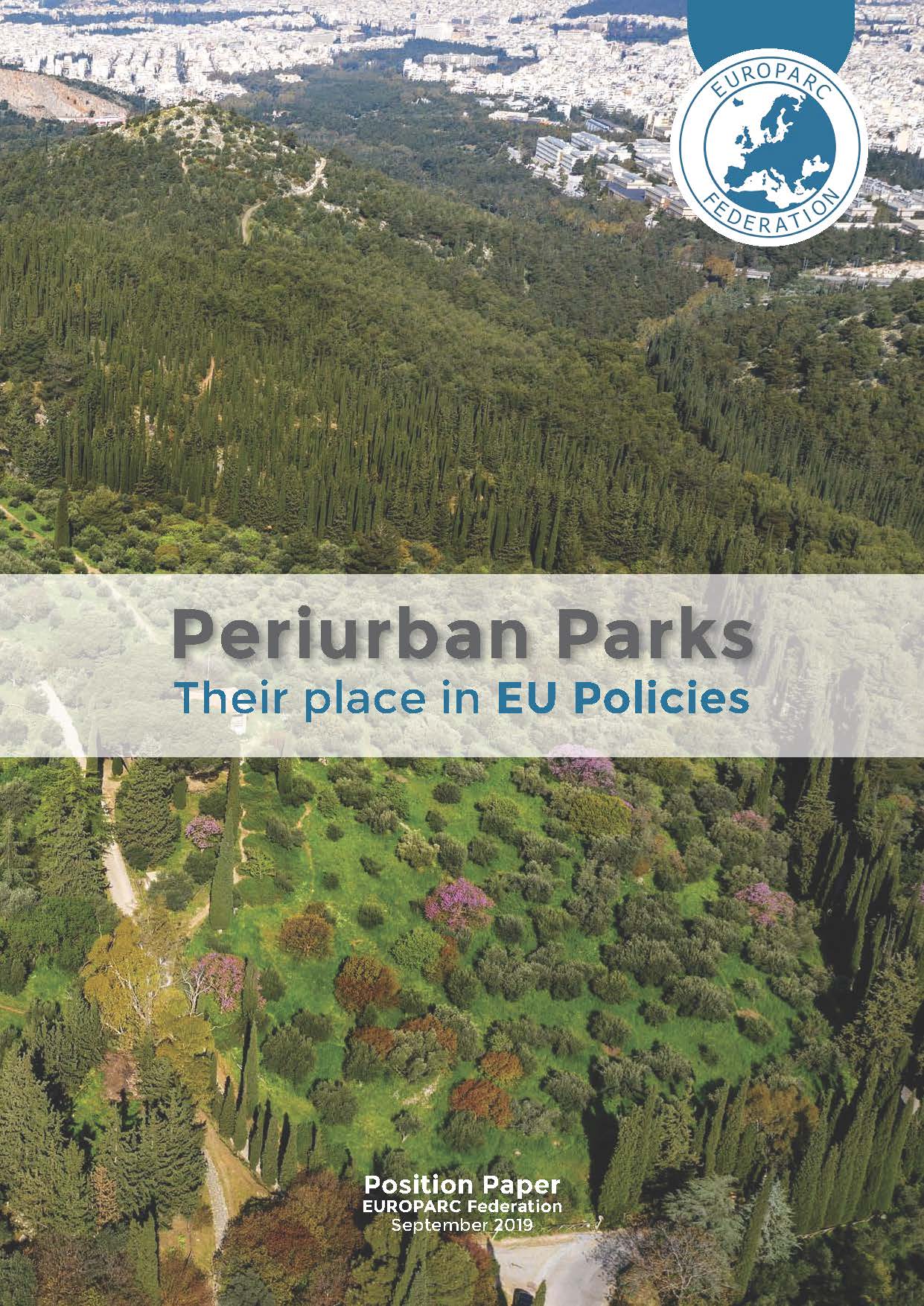In the framework of the 3rd interregional meeting hold in Lithuania, IMPACT project partners had the chance to get to know the three Protected Areas, object of the Action Plan to reduce key pressures on coastal nature and ecosystem services in Lithuania: The Curonian Spit National Park , the Nemunas Delta Regional Park and the Pajūrio Regional Park.
The socio-economic activities that take place in these parks are very much related with tourism activities and commercial fisheries.
The Curonian Spit National Park is one of the most popular domestic and inbound tourist destinations in Lithuania with ca. 2 million overnights in 2016. Tourism provides a major source of income for Neringa municipality, but it is currently featured by extreme seasonality.
In order to overcome this situation, the administration of Neringa has proposed a radically new idea: opening a bathing beach on the Curonian Lagoon side of the spit in order to better distribute
visitors throughout the year.
Besides, to reduce impact of visitors to the dune habitats, which characterises the park, EUCC has encouraged changing the route of one of the selg-guided dune trails and filling the eroded shifting dune gully with sand to prevent any further dune landscape degradation.

The Nemunas Delta Regional Park is also a turistic destination, specially for bird-watchers, with activities such as guided boat tours and recreational fishing.


The Pajūrio Regional Park, located on the baltic coast, was established to protect, manage, and use sustainably the landscape, natural ecosystems and cultural heritage values of the Baltic Sea continental coast in Lithuania with an ancient dune ridge, active and ancient sea cliffs, hard offshore bottom habitats, and a traditional fisherman’s village centre in Karklė.
In addition to seaside tourism, rural tourism, water sports and recreational fishing, there are productive activities such as cattle farming, commercial fisheries and amber catching.


Nearshore fisheries (particularly with gill nets) may have a negative impact on offshore biodiversity. EUCC Baltic office has intermediated to facilitate sustainability of coastal fisheres following an integrated approach and communication.
This area is also submitted to conflicts derived from different interests (development vs conservation) among local stakeholders. Some solutions have been put forward by EUCC Baltic office: Conflict resolution between protected area managers and a local community
